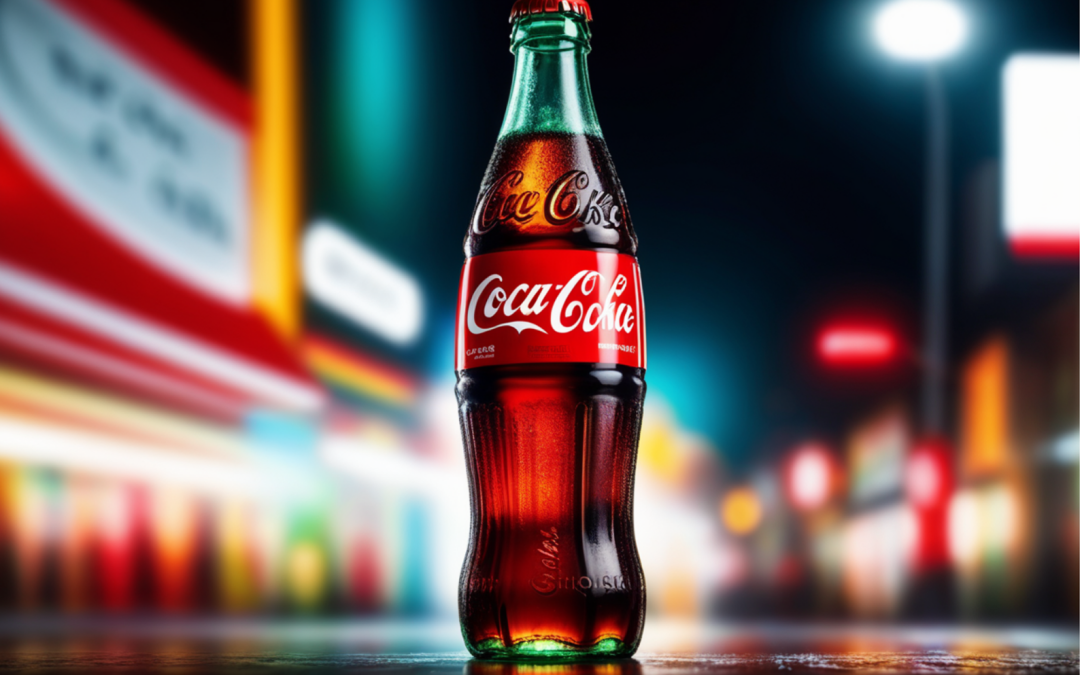Welcome, dear readers, to a tale of epic marketing misadventure, the kind that even seasoned marketers cringe at while sipping their drinks. Today, we’ll be delving into the legendary saga of “New Coke,” a marketing campaign that left Coca-Cola executives wondering if they’d accidentally spilled a bucket of fizz.
Setting the Stage: The 1980s Marketing Melodrama.
The year was 1985, and Coca-Cola, a beverage giant, decided it was high time for a change. The fizzy war was on, and they aimed to outshine their competitors. But the outcome was nothing short of comical.
Mistake #1: Ignoring Customer Loyalty
Coca-Cola underestimated the love people had for the original Coke. They thought they could easily sway their customer base to the “new and improved” version. Oh, how wrong they were! The outrage was swift and hilarious.

Mistake #2: Poor Taste Testing
In their quest for innovation, Coca-Cola relied heavily on their taste tests. These tests, unfortunately, were conducted with a small, select group of people. They didn’t consider the broader market. The result? A drink that only appealed to a handful, while the masses grimaced.
Mistake #3: Underestimating Tradition
Coca-Cola underestimated the power of tradition and nostalgia. The original Coca-Cola was more than just a beverage; it was a piece of American culture. Replacing it was akin to redecorating the White House – not a step to be taken lightly.
Mistake #4: Overhyping the Launch
The marketing team put all their eggs in one fizzy basket by overhyping the launch of “New Coke.” They practically declared it as the second coming, raising expectations sky high. The result? A colossal anticlimax.
The Comedy of Errors: What Should Coca-Cola Have Done?
Listen to Their Loyal Customers: Coca-Cola should have paid attention to the public uproar and loyalty to the original formula, involving the customers in the decision-making process.
Conduct Inclusive Taste Tests: A more extensive, inclusive approach to taste testing would have revealed a broader perspective and potential pitfalls.

Honoring Tradition: While innovation is crucial, they should have retained the original Coca-Cola while introducing the new product as an option, rather than a replacement.
Soft Launch Strategy: Instead of hyping the launch to the heavens, a softer introduction would have given them room to gauge public reaction and adapt accordingly.
In the end, Coca-Cola managed to turn this marketing catastrophe into a success by bringing back the original formula as “Coca-Cola Classic.” The uproar actually brought about an increase in sales, proving that even in the world of marketing, sometimes laughter can be the best remedy.
So, next time you pop open a can of Coca-Cola, remember the saga of “New Coke,” a marketing tale of epic proportions – one that tickles the funny bone, but also teaches the importance of respecting tradition and the taste buds of your customers. Cheers!

